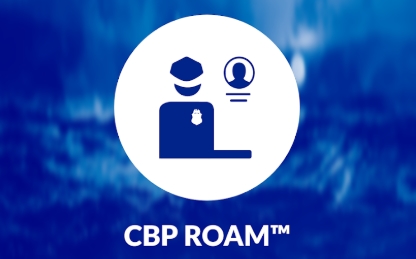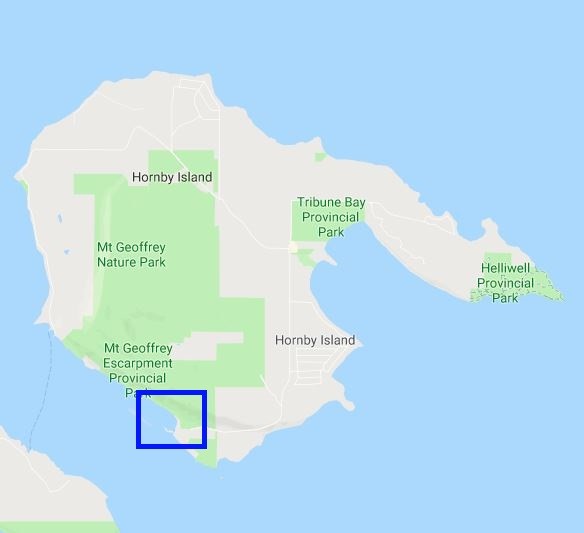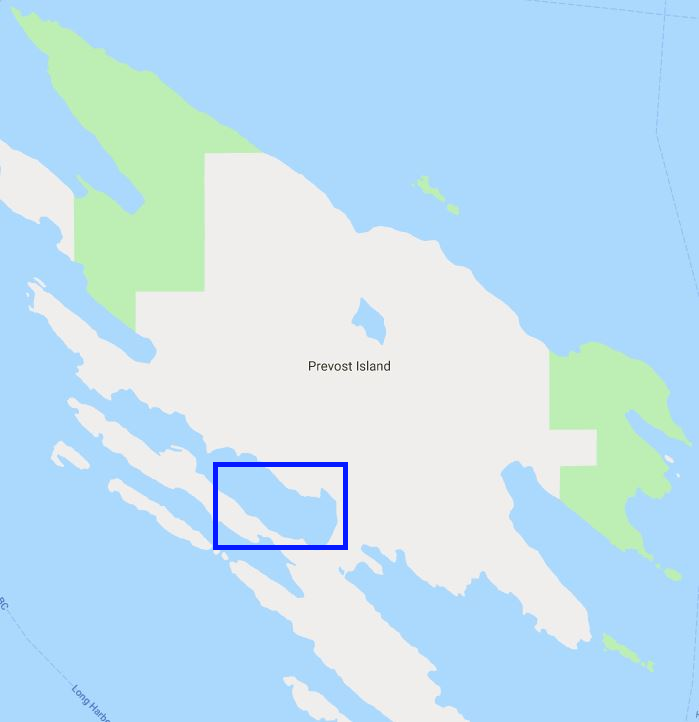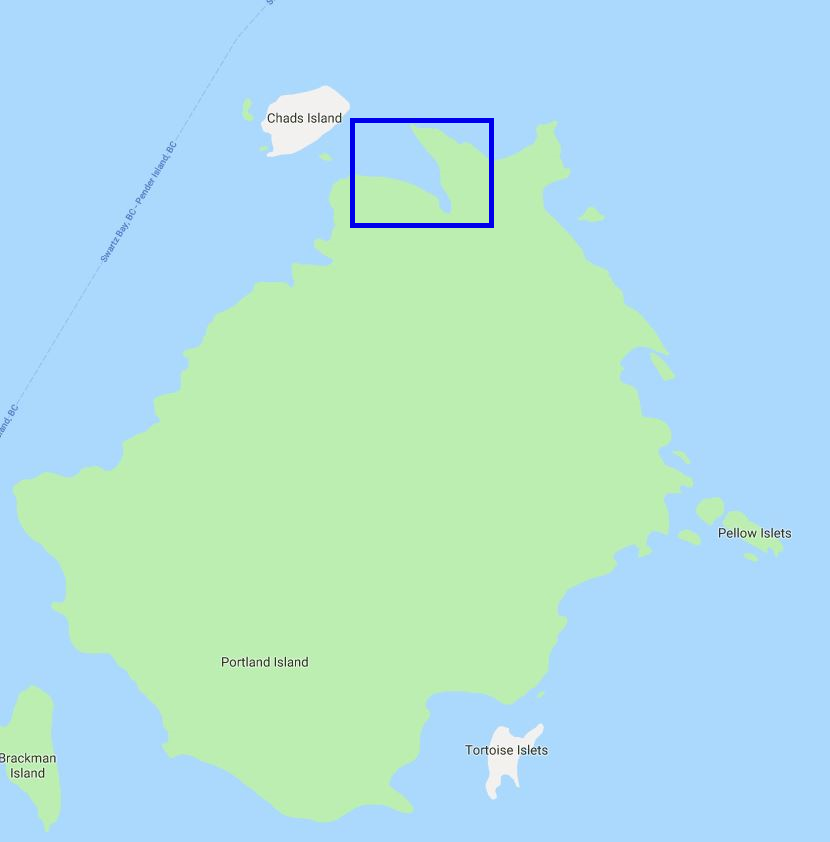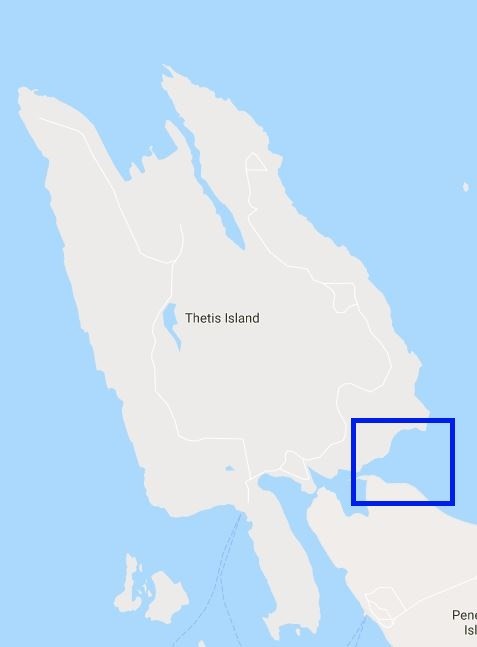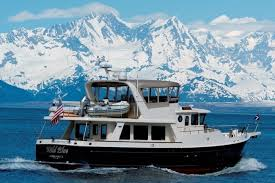Lures or Bait?
Lure or Live Bait? Understanding the Pros and Cons of Each
When it comes to catching fish as quickly and effortlessly as possible, the question of which is better – artificial lures or real bait – depends on what you’re trying to catch and in what conditions you’re trying to catch it. Sometimes a lure is best, while other times, bait is the way to go. However, there are some general pros and cons to each method.
>> If you’re looking for a new fishing boat, check out our selection at Van Isle Marina: Boats for sale.
Fishing with Lures
Fishing lures are small, artificial objects often shaped like a fish’s prey that are attached to a hook and tied to the end of a fishing line. They are used to attract fish to your line.
There are many different types of lures on the market such as jigs, spinners, spoons, fly lures, crankbaits, and plugs. Some lure manufacturers have even added LEDs to the mix.
Whether they are made from rubber, plastic, metal or a mix of such materials, fishing lures are often weighted and use a combination of movements, vibrations, colours and shiny reflections to entice fish to bite.
The Pros of Fishing with Lures
- Lures are one-time, reusable purchases.
- Lures don’t require special storage like dirt or water tanks, which significantly reduces the weight of your tackle box.
- Lures are not dirty or smelly.
- Lures are fun to collect and actively engaging and satisfying to use.
- Lures often lead to bigger catches and fewer unwanted fish on your line.
- Lures help increase the survival rate of fish in catch and release fishing by reducing deep hooking – an occurrence that leads to higher mortality rates in fish.
- Lures reduce an angler’s use of bait, which helps maintain populations of bait species from being overharvested.
The Cons of Fishing with Lures
- With so many varieties of fishing lures out there, it can take some trial and error to find the best ones for what you’re trying to catch. This means you might end up with clutter in your tackle box.
- No matter how fun lures are to collect, lures can get expensive if you’re not careful, and they won’t all work.
- Lures can get stuck in weeds, branches, and rocks. And they won’t be all that effective in murky waters or at night time.
- Fishing lures work best when they are cast where an abundant amount of fish is present. Unlike bait, lures won’t attract fish from far and wide, so you might be waiting a while for a bite and be required to move around to different areas.
- Lures require the right combination of weight, hook sizes, and colours to work effectively for what type of fish you’re trying to catch, so they aren’t as straightforward as bait. In short – the number of options can be overwhelming for beginners.
When to Use Fishing Lures
For better or worse, the effectiveness of lures relies on just the right conditions. Lures are best used when:
- The water is nice and clear
- The weather is warmer
- You’re dealing with aggressive, predatory fish
- There are a lot of undersized or non-target fish present
- You’re in a catch and release area
- When signs are deeming the waters “artificial only” or “fly and lure only”
Fishing with Bait
Natural baits are living critters that are used to attract fish to your hook. The most common types are worms, minnows, leeches, insects and shrimp. Rather than artificial lures, which mimic a fish’s prey, bait ARE actual fish prey.
The Pros of Fishing with Bait
- Bait is highly effective because fish are more attracted to the real live prey you’re delivering. They latch on with gusto, improving the chances of a deep hooked fish on the end of your line – one who is less likely to fall off. (A deep-hooked fish is a con if you’re doing catch and release, however.)
- Bait appeals to a wide range of fish species, increasing the likelihood you’ll catch something.
- Bait is often cheaper than lures in the long run. It’s free if you find your own while out and about in nature.
- Bait attracts fish from far and wide, so you can easily set your rod up and just wait for something to bite.
- Unused bait can be returned to nature, or even frozen until your next trip.
- Researching bait basics helps give you a better understanding of which fish prefer which prey.
The Cons of Fishing with Bait
- Bait is messier and smellier than fishing with lures. Prepare to get your hands, clothing, and gear smelly and dirty, especially if you’re capturing your own bait.
- Bait needs special storage considerations like refrigeration or circulating water.
- Due to these storage considerations, bait is usually heavier to lug around than artificial lures.
- Bait requires more frequent trips to the bait shop and planning to make sure you have enough.
- Fishing with bait contributes to the overharvesting of fish prey.
- Bait attracts any and all types of fish, including small ones or otherwise not the ones you were looking to catch.
- Bait increases the rate of deeply hooked fish – only a con in catch and release fishing as this decreases the survival rate of the fish.
When to Use Bait
As with lures, the effectiveness of bait relies on just the right conditions. Bait is best used when:
- The water is muddy or murky
- It’s nighttime
- You’re a beginner looking to catch something, anything
- You’re fishing for keeps
- It’s cold outside, or better yet, when ice fishing
- Your next meal depends on it!
In the end, there is no clear winner in the lures vs. bait debate. And this is by no means an exhaustive list of each method’s strengths and weaknesses.
Each method of fishing has its pros and cons – it all depends on what species you’re trying to catch, your level of experience, and your conditions.
At Van Isle Marina in Sidney, BC, near Swartz Bay Ferry Terminal, we love talking fishing with our clients and visitors and would be happy to give you some pointers and talk about what works for our waters. Come see us with all your fishing and boating related questions. Find us at 2320 Harbour Road. Find out how to get here.
